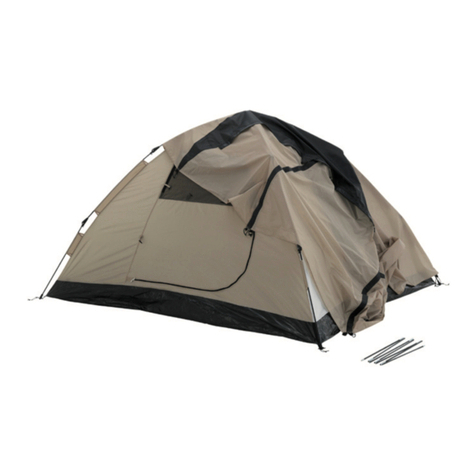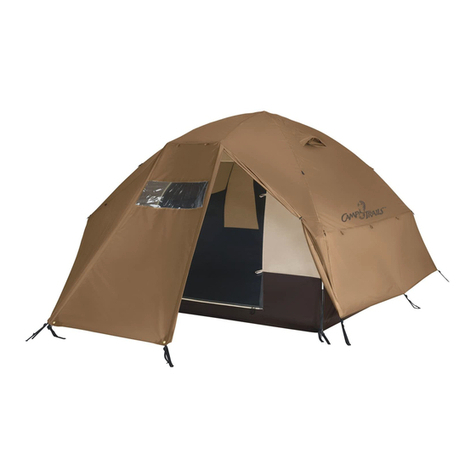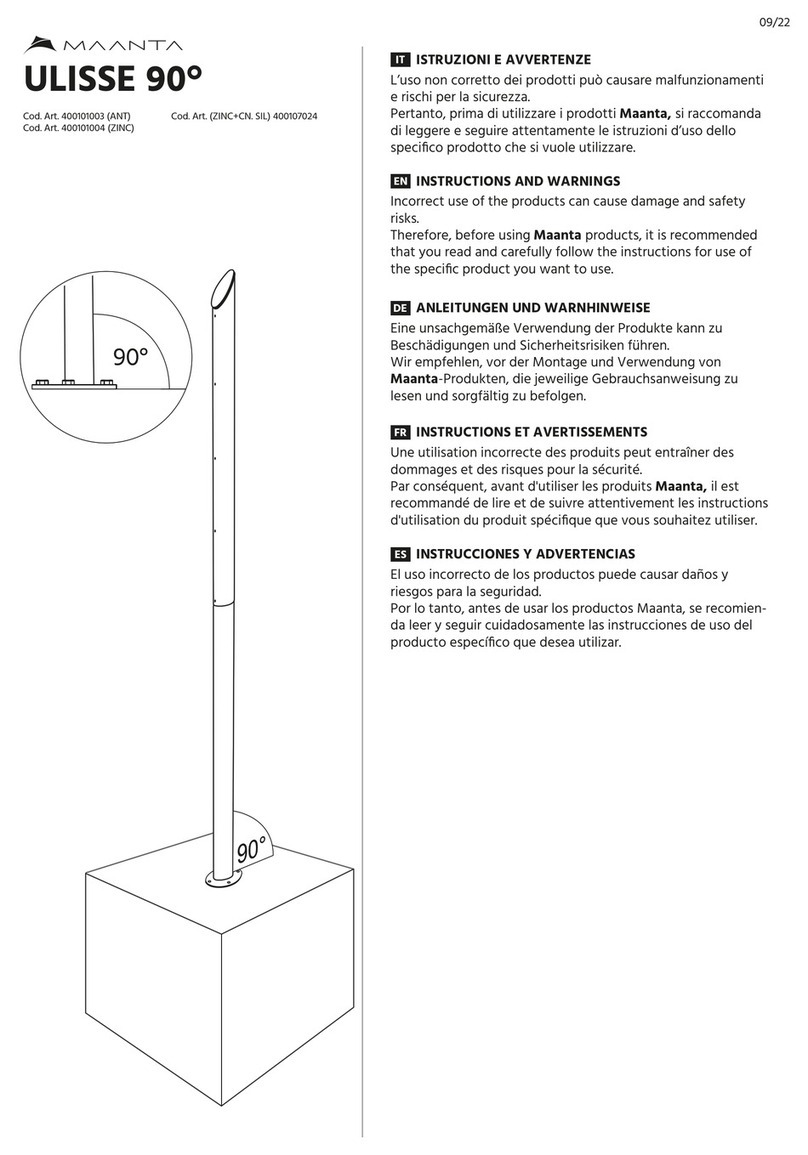
Bild
Figure
Illustration
Allgemeine Hinweise zum Aufbau General Assembly Advice Indications générales de montage
Werkzeugbedarf:
Bohrer, Bohrmaschine, Akkuschrauber,
div. Bits, Maulschlüssel oder
Steckschlüsselaufsätze, Säge,
Wasserwaage, Maßband,
Aussteifungsmaterialien wie z.B. lange
Holzlatten
Tools Required:
Drill bits, power drill, electric
screwdriver, various bits, jaw wrench
or socket wrench attachments, saw,
level, measuring tape, reinforcement
materials such as e.g. long wooden
slats.
Outillage nécessaire :
Mèches, perceuse, tournevis
électrique, diverses pointes de
tournevis, clé à fourche ou embouts
de clé à douille, scie, niveau à bulle,
mètre ruban, matériau de
renforcement (par ex. longues lattes
en bois)
Das von Ihnen erworbene Produkt gibt
es in 3 verschiedenen Tiefen und es ist
seitlich beliebig weit erweiterbar. Aus
diesem Grund erhalten Sie, wenn Sie
die kleinste Breite erworben haben nur
das Grundpaket (1 Feldbreite).
Jede breitere Variante setzt sich dann
aus diesem Grundpaket und der
entsprechenden Anzahl aus
Verlängerungspaketen (je Feld 1 Stk)
zusammen.
The product you have purchased is
available in 3 different depths and can
be extended sideways to any width.
For this reason, if you have purchased
the narrowest width, you have received
the basic package (1 panel width).
Each wider variation is composed of a
basic package plus the required
number of extension packages (1 unit
per panel).
Le produit que vous avez acheté
existe en 3 longueurs différentes et
peut être étendu latéralement selon le
besoin. Pour cette raison, si vous avez
acheté la plus petite largeur, vous ne
recevez que le paquet de base (1
largeur de panneau).
Chaque variante plus large est ensuite
composée à partie de ce paquet de
base et d’un nombre correspondant de
paquets de rallonge (1 unité par
panneau).
Sie sollten jedes Paket anhand der
beigelegten Stückliste auf
Vollständigkeit überprüfen. Die
Anleitung ist in jedem Paket identisch.
The parts in every package should be
checked for completeness on the basis
of the packing note. Every package
contains the same instructions manual.
Vous devez vérifier que chaque
paquet est complet à l’aide de la liste
de pièces jointe. La notice est
identique dans chaque paquet.
Wichtig!!! Alle Schraubverbindungen
sind vorzubohren. Important!!! All Screw connections
must be pre-drilled. Important !!! Tous les raccords vissés
doivent être préalablement percés.
1-1 Der Carport sollte eine Dachneigung
von 1° erhalten. Um dies zu erreichen,
gibt es 2 Möglichkeiten:
A: Es werden die Ständer und damit
verbunden auch die Pfostenträger in
unterschiedlichen Höhen montiert.
B: Die Pfosten werden vor dem
Einsetzen in die Pfostenträger
eingekürzt.
The carport roof pitch should be set at
1°. There are two ways to achieve this:
A: The columns and thereby also the
column base plate can be mounted at
different heights
B: The columns can be shortened
before they are set into the column
base plate.
Le toit de l’abri de voiture doit avoir
une pente de 1°. Pour parvenir à ceci,
vous avez 2 possibilités :
A : Monter les montants et les
supports de pilier à des hauteurs
différentes.
B: Raccourcir les montants avant de
les poser dans les supports de pilier.
1-2 – 1-3 Während des Aufbaus ist es vorteilhaft
die Ständer des Carports mit Hilfe
solcher Aussteifungen zu stabilisieren.
Geeignet hierfür sind z.B. lange
Holzlatten die angeschraubt werden.
Die Ständer des Carports sollten mit
Pfostenankern, welche einbetoniert
werden, mit dem Untergrund verbunden
sein. Diese sollten, wie Sie der H-
Pfostenanker – Anleitung entnehmen
können vor dem Aufbau mit den
Pfosten verbunden werden, aber erst
nach dem Aufbau des Carports mit
Beton versehen werden.
It is advantageous to stabilize the
columns using reinforcements during
assembly of the Carport. Long wooden
slats which can be screwed to the legs
are suitable for this purpose. The
columns of the carport should be
connected to the subgrade by means
of column anchors which have been
set in concrete. As you can see in the
instructions for H-column anchor, these
should be joined to the columns before
assembling the carport but set in
concrete only after the carport has
been assembled.
Pendant le montage, il est
recommandé de stabiliser les
montants de l’abri de voiture à l’aide
de renforcements. Pour cela, prendre
par ex. de longues lattes en bois et les
visser. Les montants de l’abri de
voiture doivent être reliés au sol grâce
à des ancrages de pilier bétonnés.
Ceux-ci doivent, comme indiqué dans
la notice des ancrages de pilier en H,
être raccordés aux montants avant le
montage, mais bétonnés seulement
après la fin du montage de l’abri de
voiture.
2-3 Positionierung der Elemente des
Unterteiles des Carports Position the base section units of the
carport Positionnement des éléments de la
partie inférieure de l’abri de voiture
2-1 – 2-2 Verschraubung Rahmen Vorder- mit
Hinterteil Screw the frame front and rear
sections together Vissage du cadre, partie avant avec
partie arrière
2-4 – 2-5 Verbindung Ständer mit Rahmen Join columns to frame Raccordement des montants avec le
cadre
2-6 Verschraubung Kopfband Screw connection - strut Vissage de l’adossement
3-2 Verbindung Rahmen- Sparren Connection - frame to rafters Raccordement des chevrons avec le
cadre
3-3 Positionierung und Anbringung Sparren
und Seitenbretter Position and attach rafters and side
boards Positionnement et pose des chevrons
et planches latérales
3-1 Positionierung der Elemente des
Daches des Carports Position the roof section units of the
carport Positionnement des éléments de toit
de l’abri de voiture
4-1 Carport-Verlängerung Carport extension Extension de l’abri de voiture
4-2 Verbindung der Sparren untereinander Connect rafters one after the other Raccordement des chevrons les uns
aux autres
4-3 Die Dachplatten überlappend auflegen.
Die Überlappung ist mit 2 Wellen-
überdeckungen auszuführen, bei der
lezten Platte nur mit einer!
Lay the roof panels so that they
overlap. Two corrugated panels should
overlap.
Poser les panneaux de toit en les
superposant. La superposition doit
être effectuée avec 2 recouvrements
ondulés.
4-4 Vor
ebohrt sind die Platten in
edem 3. Pre-drilled the roof
anels should be Pré-
ercés les
anneaux doivent être



























